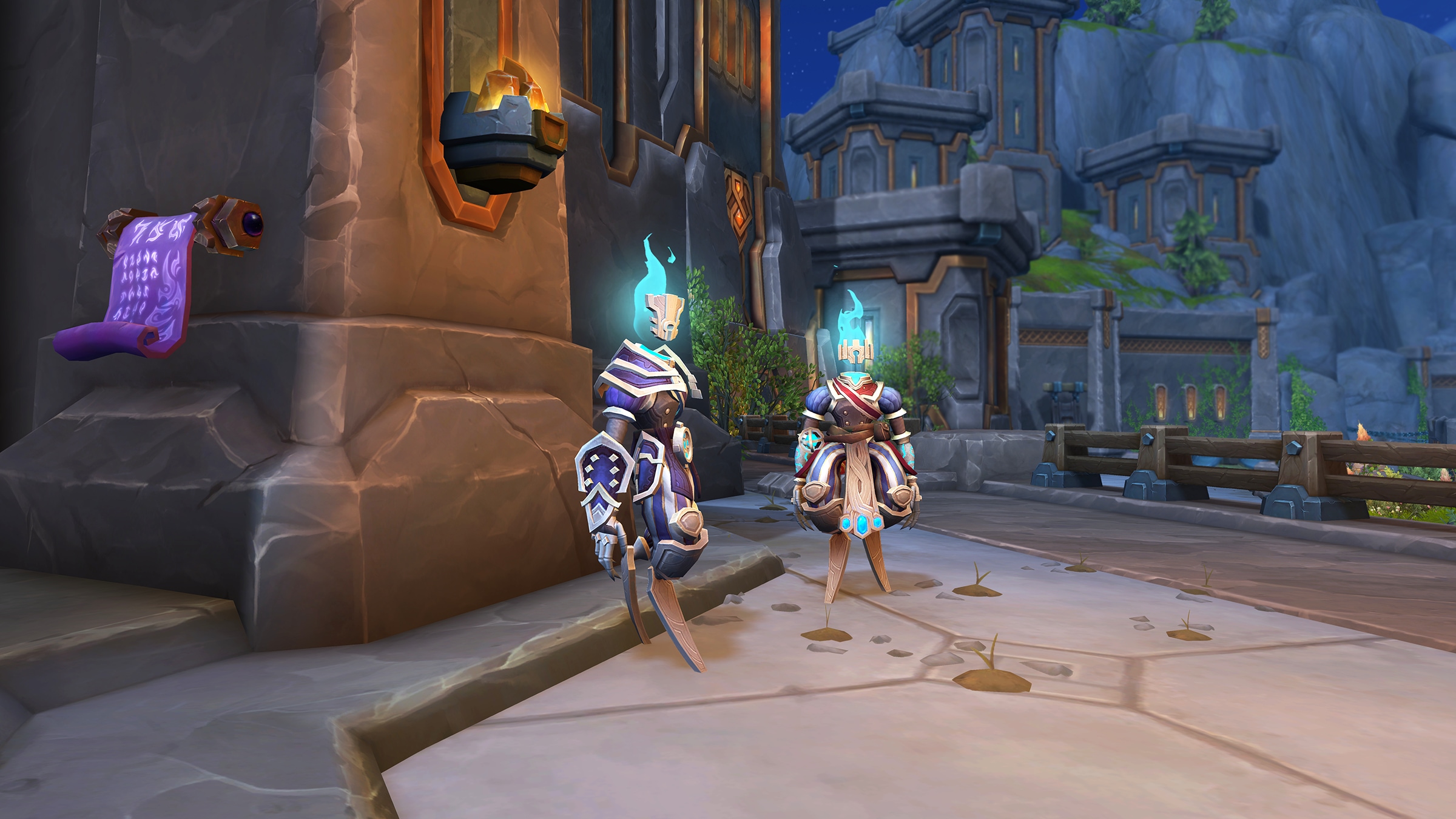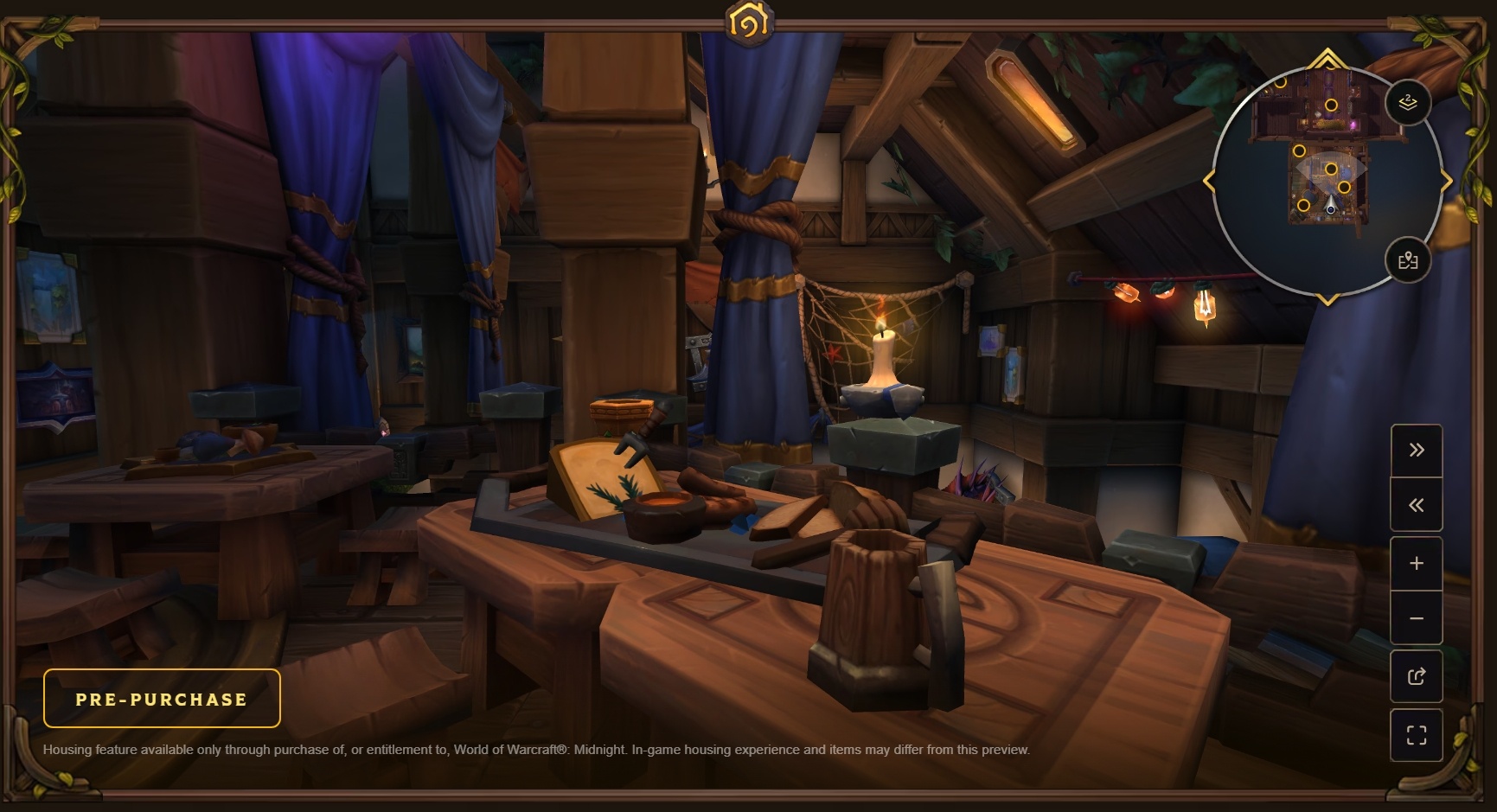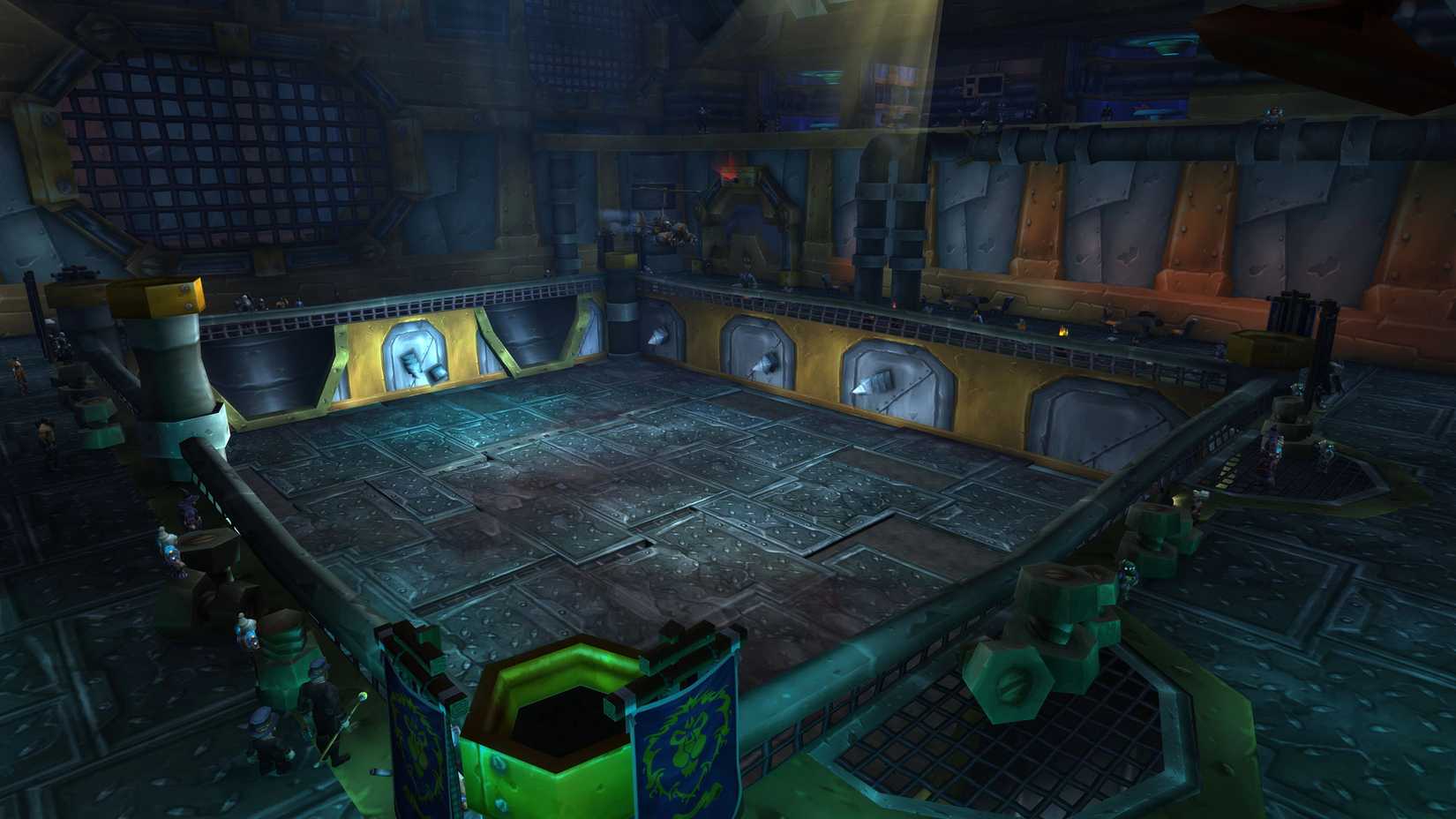The End of an Era: Blizzard’s Game-Changing Combat Add-on Ban in World of Warcraft: Midnight
Popular Now
 NBA 2K24
NBA 2K24
 Candy Crush Saga
Candy Crush Saga
 Rust
Rust
 FIFA 23
FIFA 23
 League of Legends
League of Legends
 Roblox
Roblox
 Genshin Impact
Genshin Impact
 Gacha Club
Gacha Club
 Sonic the Hedgehog™ Classic
Sonic the Hedgehog™ Classic
 The landscape of high-level World of Warcraft endgame content is on the cusp of a seismic shift. As the community moves closer to the launch of Midnight, the second chapter in The Worldsoul Saga, a controversial but decisive change from Blizzard Entertainment is poised to redefine the WoW gaming experience. The developers have confirmed a major restriction on the functionality of real-time combat add-ons, effectively ‘killing’ the utility of tools considered absolutely mandatory for competitive play, most notably the immensely popular and powerful WeakAuras and Deadly Boss Mods (DBM). This move is not merely a tweak; it is a fundamental reset of how players will approach raids and Mythic+ dungeons, driving a new era of game design.
The landscape of high-level World of Warcraft endgame content is on the cusp of a seismic shift. As the community moves closer to the launch of Midnight, the second chapter in The Worldsoul Saga, a controversial but decisive change from Blizzard Entertainment is poised to redefine the WoW gaming experience. The developers have confirmed a major restriction on the functionality of real-time combat add-ons, effectively ‘killing’ the utility of tools considered absolutely mandatory for competitive play, most notably the immensely popular and powerful WeakAuras and Deadly Boss Mods (DBM). This move is not merely a tweak; it is a fundamental reset of how players will approach raids and Mythic+ dungeons, driving a new era of game design.
The Core of the Controversy: Breaking Combat Add-ons
For years, the relationship between Blizzard’s encounter design and the community-created add-ons has been an escalating arms race. As bosses became more complex, players relied on tools like WeakAuras to distill massive amounts of real-time combat data into simple, actionable alerts—sometimes to the point of automating a player’s response. Game Director Ion Hazzikostas has been vocal about the need to “rein in” this functionality, arguing that reliance on external tools should not be a prerequisite for success, and that critical mechanics should be communicated clearly by the game itself.
The impending change in Midnight is drastic: Blizzard is limiting the API access for add-ons to real-time combat data within instanced endgame content. This includes information essential for combat trackers, cooldown monitors, and boss-specific alerts. The practical upshot is that most of the core ‘problem-solving’ functionality provided by mods like WeakAuras and DBM will simply cease to function.
- WeakAuras’ Fate: The developers of WeakAuras have publicly stated that the restrictions on core functionality (such as complex triggers and conditions) are so severe that creating a recognizable version for Midnight would require an untenable amount of re-factoring, leading to the difficult decision to discontinue support.
- DBM and BigWigs: Similar combat-alert add-ons are also confirmed to be non-functional in their current state, as they can no longer reliably read the Combat Log for real-time enemy actions and player data in raids and dungeons.
This is a polarizing topic. On one side, veterans who have relied on custom user interfaces and intricate WeakAura packages for decades view this as a devastating loss of player freedom and accessibility. On the other, many players welcome the change, believing it will force a return to raw gameplay mechanics and allow Blizzard to design boss fights without the burden of having to counter third-party software.
 Blizzard’s New Vision: Integrated UI and Simplified Classes
Blizzard’s New Vision: Integrated UI and Simplified Classes
Blizzard’s solution to the add-on void is a commitment to integrating powerful, built-in tools and a philosophy of clearer encounter design. The Midnight Alpha is already showcasing early versions of these in-house replacements:
- Built-in Boss Alert System: A native system is being implemented to provide key warnings and timers, replacing the necessity of DBM or BigWigs. While currently less comprehensive than the community alternatives, the development team has stressed its commitment to rapid iteration based on player feedback.
- Native Cooldown Manager: A new feature allows for better tracking of personal cooldowns and buffs, moving some of the most basic but essential functions that players previously used WeakAuras for into the default UI.
- Official Damage Meter: An integrated damage meter is being added to the base game, eliminating the need for add-ons like Details! or Skada for basic performance tracking.
Coupled with these UI improvements is a broader game design philosophy. Blizzard is simplifying class rotations by reducing button bloat, aiming to make all classes easier to pick up and play optimally. This simplification, alongside new encounter designs, is intended to reduce the reliance on add-ons that essentially served as “tell me what to press next” guides.
Game Director Ion Hazzikostas emphasized that the new encounter design will feature more clearly telegraphed mechanics, visually clearer hazardous effects, and longer reaction windows, all of which aim to make a successful encounter a test of player observation and reaction, not just rote execution of scripted alerts. The goal is a more intuitive and less intimidating experience for new and returning players, expanding the appeal of retail World of Warcraft.
The Impact on the Player Base: Accessibility and The Healer Crisis
While the stated goal is improved accessibility, the abrupt changes have sparked significant concerns, particularly from two key segments of the player base.
The Accessibility Debate: For players with disabilities, particularly those with hearing impairments, complex WeakAura setups were a crucial accessibility tool. They often provided visual, custom-designed cues that were superior to Blizzard’s default UI. The WeakAuras team’s decision to halt development has left a significant void, with players urging Blizzard to prioritize replacing these critical functions in the base game. It remains an open question whether Blizzard’s integrated tools can ever match the customizability and depth that the community has cultivated over two decades.
The Healer Crisis: The healer community is also expressing strong apprehension. Add-ons like Grid, VuhDo, and other combat-related UI modifications are integral to how many healers manage a raid or party’s health, buffs, and debuffs. While general UI customization is still permitted, the inability of these tools to read critical real-time combat data could cripple their effectiveness. Some players predict a ‘healer exodus’ if the base UI is not robust enough to support the unique demands of the healing role in Mythic+ and Raid progression.
“If players are using third-party tools or actually trying to modify the client to get around these rules, that will come with account action, and unfortunately, we’ll have to ban players who do that.” – Ion Hazzikostas, Game Director (Source: PC Gamer)
This firm stance from the development team underscores their commitment to the new direction. They are drawing a clear line, signaling that the future of WoW gameplay will be dictated by the in-house toolset.
 A New Game Paradigm: The Future of MMO Experience
A New Game Paradigm: The Future of MMO Experience
The radical shift in Midnight is more than just an add-on ban; it’s a re-imagining of the core MMO experience. By simplifying classes and standardizing information delivery, Blizzard is lowering the barrier to entry for competitive raiding. This move aligns with a potential strategic goal of making World of Warcraft more console-friendly in the future, where complex, multi-button rotations and mandatory external software would be impractical.
The true success of this monumental change will hinge entirely on the quality and speed of Blizzard’s integrated replacements. The Midnight Alpha is the testbed, and the development team is actively soliciting feedback on what crucial features are still missing. The core promise is simple: less time spent configuring add-ons, and more time actually playing the game.
For players seeking in-depth WoW news and analysis, the transition to Midnight offers a captivating narrative. Will the simplified game loop and built-in tools satisfy the hardcore audience? Or will the loss of powerful, customized community tools prove to be a wound that slows the pace of World First progression? Only time, and the upcoming raids, will tell. This is a bold, high-stakes gamble that could either revitalize the game’s accessibility or alienate its most devoted veterans.
The developers have a clear mandate: they want players to defeat a boss because they understood the mechanics, not because an add-on shouted an air-horn warning. This is a defining moment for World of Warcraft, and the gaming world is watching closely.
Disclaimer: Information is based on recent developer interviews and testing in the Midnight Alpha (as of October 2025). The functionality of specific add-ons and the quality of in-house replacements are subject to change before the full expansion release.









